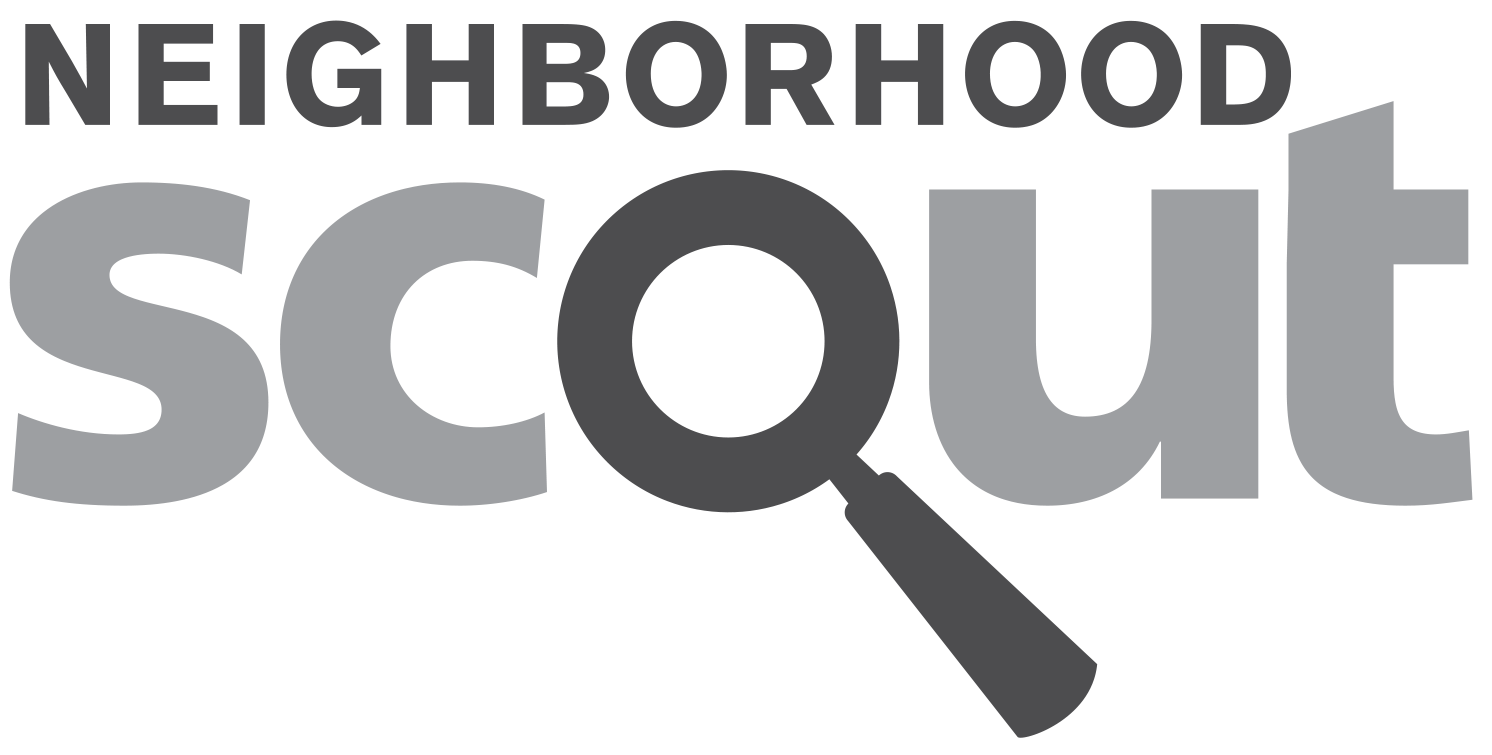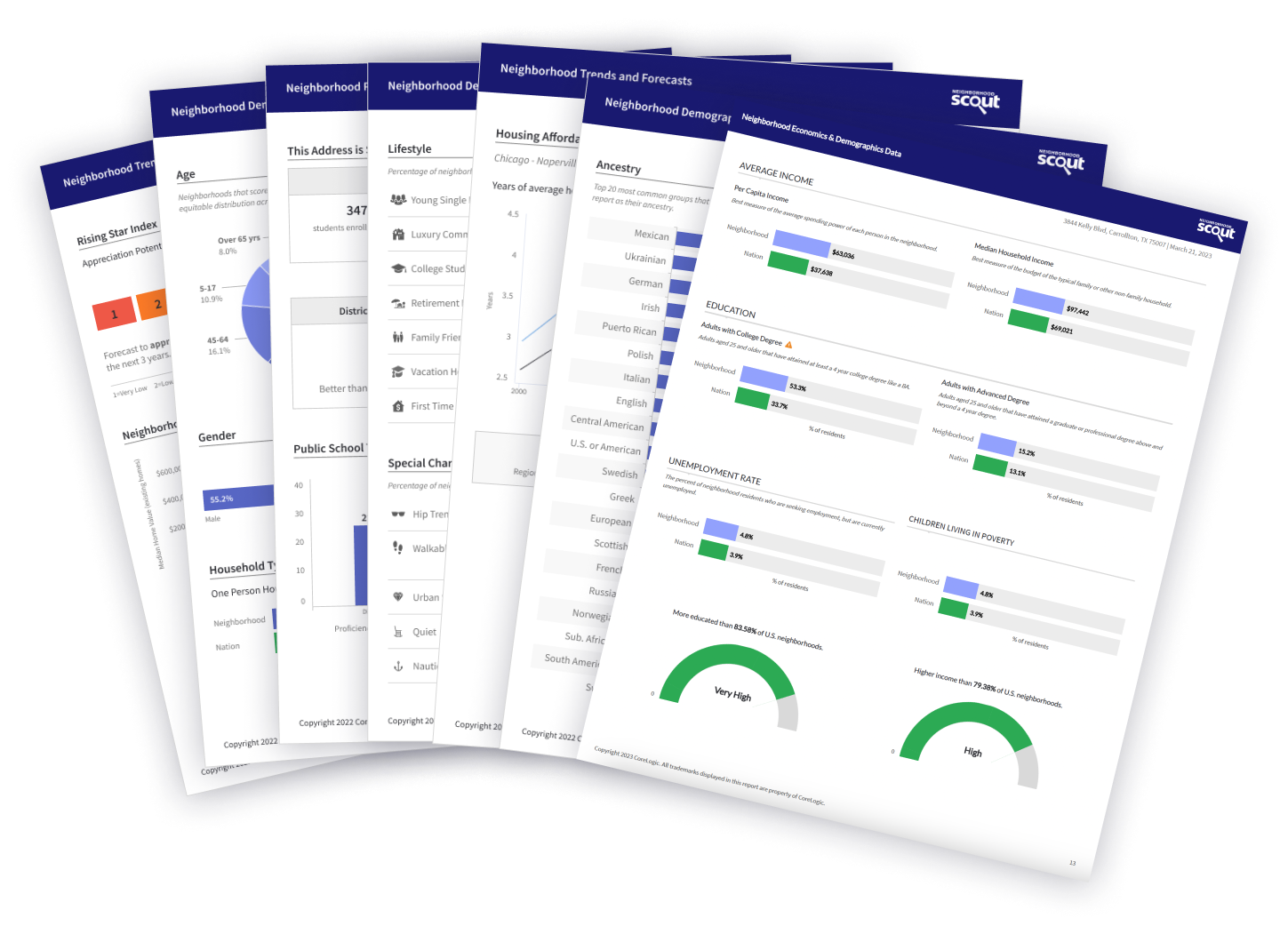Wrigleyville median real estate price is $875,987, which is more expensive than 96.3% of the neighborhoods in Illinois and 86.9% of the neighborhoods in the U.S.
The average rental price in Wrigleyville is currently $3,335, based on NeighborhoodScout's exclusive analysis. The average rental cost in this neighborhood is higher than 89.9% of the neighborhoods in Illinois.
Wrigleyville is a densely urban neighborhood (based on population density) located in Chicago, Illinois.
Wrigleyville real estate is primarily made up of small (studio to two bedroom) to medium sized (three or four bedroom) small apartment buildings and apartment complexes/high-rise apartments. Most of the residential real estate is renter occupied. Many of the residences in the Wrigleyville neighborhood are relatively historic, built no later than 1939, and in some cases, quite a bit earlier. A number of residences were also built between 1970 and 1999.
Home and apartment vacancy rates are 8.8% in Wrigleyville. NeighborhoodScout analysis shows that this rate is lower than 43.8% of the neighborhoods in the nation, approximately near the middle range for vacancies.
Many things matter about a neighborhood, but the first thing most people notice is the way a neighborhood looks and its particular character. For example, one might notice whether the buildings all date from a certain time period or whether shop signs are in multiple languages. This particular neighborhood in Chicago, the Wrigleyville neighborhood, has some outstanding things about the way it looks and its way of life that are worth highlighting.
The rate of college educated adults in the Wrigleyville neighborhood is a unique characteristic of the neighborhood. 83.5% of adults here have received at least a 4-year bachelor's degree, compared to the average neighborhood in America, which has 34.3% of the adults with a bachelor's degree. The rate here is higher than NeighborhoodScout found in 98.7% of all U.S. neighborhoods.
In addition, if you're looking for an active nightlife with lots of opportunities to flirt and find romance, then you probably won't have to go too far from the Wrigleyville neighborhood to find it. Only 3.9% of the neighborhoods in the country have a larger proportion of young, single professionals. The nightlife may not be reminiscent of a "Sex and the City" episode, but the people who live here find friendship, romance, fun, and socializing readily available. In addition to being an excellent choice for young, single professionals, this neighborhood is also a very good choice for urban sophisticates.
If you like to ride the train to work, this neighborhood may be for you. NeighborhoodScout's research revealed that 33.6% of the Wrigleyville neighborhood's commuters ride the train to and from work each day, which is more than we found in 98.4% of America's neighborhoods.
Also, in the Wrigleyville neighborhood, many people's commute means walking from the bedroom to the home office. NeighborhoodScout's analysis found that 30.3% of residents worked from home. This may not seem like a large number, but Scout's research shows that this is a higher percentage of people working from home than 97.0% of the neighborhoods in America. Often people who work from home are engaged in the creative or technological economy, such as is found in areas around Boston, and in Silicon Valley. Other times, people may be engaged in other businesses like trading stocks from home, or running a small beauty salon.
Three-deckers, duplexes, old Victorian homes cut up into apartments. Independent stores on the corner selling pizza. These are some of the hallmarks of neighborhoods with lots of small 2, 3, and 4 unit apartment buildings. The Wrigleyville neighborhood really stands out in this regard, however, as it is dominated by such small apartment buildings more than nearly any other neighborhood in America. This is a stunning visual and lifestyle example of this type of neighborhood. In fact, 47.1% of the real estate here are small 2, 3, or 4 unit apartment buildings, which is a higher proportion than found in 98.1% of America's neighborhoods.
In addition, if you like crowded places, then you will probably enjoy the the Wrigleyville neighborhood. According to NeighborhoodScout's exclusive data analysis, this neighborhood is more densely populated than 95.0% of neighborhoods in the U.S., with 20,461 people per square mile living here. Even if you drive or take transit to your place of employment, many people enjoy being able to walk in their neighborhood. What many people don't realize is that most of America's premier vacation locations are also very walkable. The Wrigleyville neighborhood is among the top 5% of American neighborhoods in terms of walkability.
Most American households own a car or other vehicle. Many own two cars or perhaps three. In the United States, it is useful to have an automobile not only for commuting, but also for shopping and getting to other services one needs. But NeighborhoodScout's analysis revealed that households in the Wrigleyville neighborhood have a highly unusual car ownership. 31.8% of the households in this neighborhood don't own a car at all. This is more carless households than NeighborhoodScout found in 97.4% of U.S. neighborhoods.
Did you know that the Wrigleyville neighborhood has more Ukrainian and Polish ancestry people living in it than nearly any neighborhood in America? It's true! In fact, 4.9% of this neighborhood's residents have Ukrainian ancestry and 18.0% have Polish ancestry.
Wrigleyville is also pretty special linguistically. Significantly, 1.3% of its residents five years old and above primarily speak Portuguese at home. While this may seem like a small percentage, it is higher than 96.0% of the neighborhoods in America.
Do you like to be surrounded by people from all over the country or world, with different perspectives and life experiences? Or do you instead prefer to be in a neighborhood where most residents have lived there for a long time, creating a sense of cohesiveness? NeighborhoodScout's analysis reveals that this neighborhood stands out among American neighborhoods for the uniqueness of the mobility of its residents. In the Wrigleyville neighborhood, a greater proportion of the residents living here today did not live here five years ago than is found in 97.7% of U.S. Neighborhoods. This neighborhood, more than almost any other in America, has new residents from other areas.
How wealthy a neighborhood is, from very wealthy, to middle income, to low income is very formative with regard to the personality and character of a neighborhood. Equally important is the rate of people, particularly children, who live below the federal poverty line. In some wealthy gated communities, the areas immediately surrounding can have high rates of childhood poverty, which indicates other social issues. NeighborhoodScout's analysis reveals both aspects of income and poverty for this neighborhood.
The neighbors in the Wrigleyville neighborhood in Chicago are upper-middle income, making it an above average income neighborhood. NeighborhoodScout's exclusive analysis reveals that this neighborhood has a higher income than 80.8% of the neighborhoods in America. In addition, 5.8% of the children seventeen and under living in this neighborhood are living below the federal poverty line, which is a lower rate of childhood poverty than is found in 62.0% of America's neighborhoods.
What we choose to do for a living reflects who we are. Each neighborhood has a different mix of occupations represented, and together these tell you about the neighborhood and help you understand if this neighborhood may fit your lifestyle.
In the Wrigleyville neighborhood, 62.9% of the working population is employed in executive, management, and professional occupations. The second most important occupational group in this neighborhood is sales and service jobs, from major sales accounts, to working in fast food restaurants, with 26.6% of the residents employed. Other residents here are employed in clerical, assistant, and tech support occupations (8.9%).
Languages
The most common language spoken in the Wrigleyville neighborhood is English, spoken by 94.4% of households. Some people also speak Spanish (2.3%).
Ethnicity / Ancestry
Culture is the shared learned behavior of peoples. Undeniably, different ethnicities and ancestries have different cultural traditions, and as a result, neighborhoods with concentrations of residents of one or another ethnicities or ancestries will express those cultures. It is what makes the North End in Boston so fun to visit for the Italian restaurants, bakeries, culture, and charm, and similarly, why people enjoy visiting Chinatown in San Francisco.
In the Wrigleyville neighborhood in Chicago, IL, residents most commonly identify their ethnicity or ancestry as German (22.1%). There are also a number of people of Irish ancestry (21.7%), and residents who report Polish roots (18.0%), and some of the residents are also of Italian ancestry (7.5%), along with some Spanish ancestry residents (7.1%), among others.
How you get to work – car, bus, train or other means – and how much of your day it takes to do so is a large quality of life and financial issue. Especially with gasoline prices rising and expected to continue doing so, the length and means of one's commute can be a financial burden. Some neighborhoods are physically located so that many residents have to drive in their own car, others are set up so many walk to work, or can take a train, bus, or bike. The greatest number of commuters in Wrigleyville neighborhood spend between 30 and 45 minutes commuting one-way to work (42.1% of working residents), which is at or a bit above the average length of a commute across all U.S. neighborhoods.
Here most residents (33.6%) take the train to get to work. In addition, quite a number also drive alone in a private automobile to get to work (21.0%) . This neighborhood is distinguished by the high number of residents who take the train to work each day, which can be a very good way to get to work at a lower cost and with less pollution.

